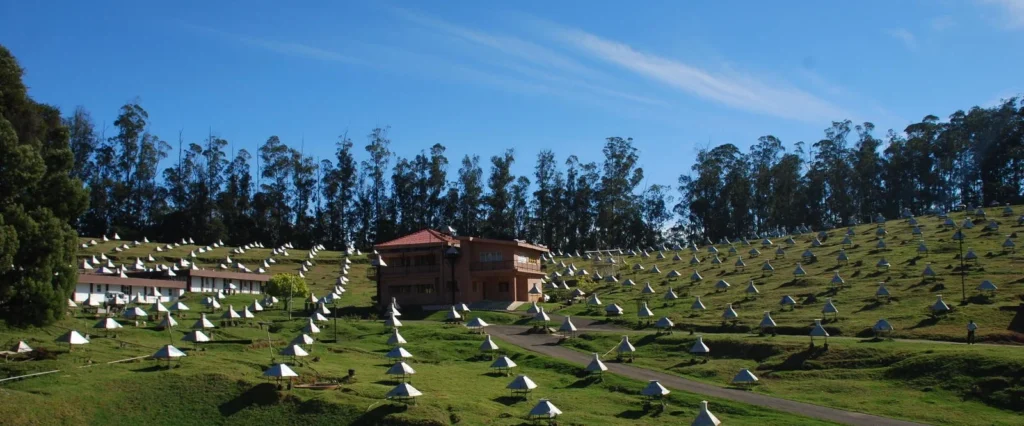GRAPES-3 experiment in Ooty discovers a new feature in the cosmic-ray proton spectrum at approximately 166 tera-electron-volt (TeV).
About the discovery:
- Researchers have discovered a new feature in the cosmic-ray proton spectrum at an energy level of approximately 166 tera-electron-volt (TeV).
- This discovery, covering a measurement range from 50 TeV to slightly over one peta-electron-volt (PeV), has the potential to reshape the understanding of cosmic ray origins, their acceleration processes, and their movement within the Milky Way.
About Cosmic rays:
- Cosmic rays, discovered over a century ago, are the most energetic particles in the universe.
- They consistently bombard Earth from all directions, penetrating the atmosphere and creating a cascade of secondary particles, including electrons, photons, muons, protons, and neutrons, which reach the ground at nearly light speed.
- The study of cosmic rays covers a broad energy spectrum, ranging from 10^8 to 10^20 eV.
- The flux of cosmic rays exhibits a steep decline at higher energies, traditionally following a single power-law up to the “knee” around 3 PeV.
- This knee signifies a significant change in the energy spectrum, suggesting a limitation to Galactic cosmic-ray acceleration.
Recent findings:
- Contrary to the traditional model, recent findings from the GRAPES-3 experiment have identified a new feature in the cosmic-ray spectrum between 100 TeV and the knee.
- This breakthrough was made possible by creatively using a dense array of plastic scintillator detectors in conjunction with a large-area muon detector.
- This experimental setup allowed the researchers to collect data from approximately eight million cosmic ray shower events, a scale of observation several thousand times larger than what space-based detectors can achieve in this energy range, often limited by data precision.
Significance of discovery:
- Discovery indicates complexities in cosmic ray production and propagation within our galaxy yet to be fully comprehended.
Role of Ground-Based Observatories:
- Underscores the critical role of ground-based observatories in advancing astrophysical research.
- GRAPES-3 expands the observable cosmic ray spectrum with unprecedented precision.
About GRAPES-3:
- GRAPES-3 (Gamma Ray Astronomy PeV EnergieS phase-3) is designed to study cosmic rays using an array of air shower detectors and a large-area muon detector.
- It aims to investigate the acceleration of cosmic rays infour astrophysical settings:
- ~100 MeV in atmospheric electric fields through muons
- ~10 GeV in the Solar system through muons
- ~1 PeV in our galaxy through the nuclear composition of cosmic rays
- ~100 EeV in the nearby universe through the measurement of diffuse γ-ray flux.
- It is a collaboration of the Indian Tata Institute of Fundamental Research and the Japanese Osaka City University, and now also includes the Japanese Nagoya Women’s University.
- Observations began in 2000 with 217 plastic scintillators and a 560 m² area muon detector.
- The scintillators are designed to detect charged particles in extensive air showers generated by the interaction of high-energy cosmic rays in the atmosphere.
Ref: Source
| UPSC IAS Preparation Resources | |
| Current Affairs Analysis | Topperspedia |
| GS Shots | Simply Explained |
| Daily Flash Cards | Daily Quiz |



